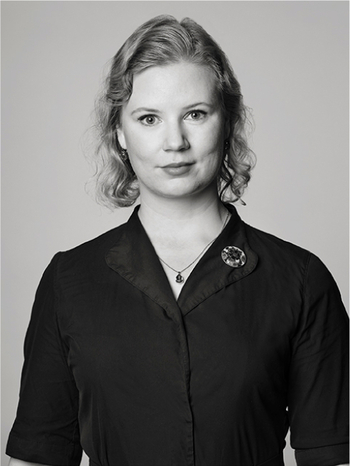Ando Utagawa Hiroshige
Ando Utagawa Hiroshige, after, a woodblock print in colours, 20th Century.
Station 49, "Sakanoshita: Fudesute Mountain", (Sakanoshita, Fudesute mine), 「東海道五十三次之内 坂之下 筆捨嶺」 from the series "The Fifty-three Stations of the Tōkaidō Road" (Tōkaidō gojūsan tsugi no uchi), 東海道五十三次之内. Horisontell ôban: 35 x 22,5 cm.
Not examined out of frame. Slightly buckled paper. Minor stains.
Provenance
The foundation of the collection was laid by Rear Admiral/Flag officer Sten Ankarcrona (1861-1936). Ankarcrona first got a taste for the Asian Art while following his fathers’s footsteps serving as ‘enseigne de vaisseau’ for the French navy “la Royale” during the years 1885-1889, when his Fregatt sailed in the area. Ankarcrona continued to ad on to the collection, later in life when he was sent on a special mission to Japan in 1923. He brought back vast collections of lacquer, bronzes, textiles, ceramics.
In 1911 the family moved to the mansion like duplex next to Sturegatan in Stockholm. The elegant home and their summer house at Brevik by Erstaviken where Ankarcrona created a Japanese garden (1923-27) and even set up a complete Japanese building was documented in the the magazine 'Svenska Hem i ord och bild' in 1928, which provide us with a fascinating window into this golden age of European collecting. The world renowned collection received many prestigious visitors throughout the years, the guest book contains signature of both the Swedish king Gustav VI Adolf as well as the Japanese crown prince, later Emperor Akihito.
Stens son Sten S:son Ankarcrona (1904-1981, continued the tradition of collecting, amongst other things Swedish 18th Century furniture and art, pieces that worked well with family heirlooms from the Bergenstråhle, Bohnstedt, Cassel, Mörner and Lybecker families. Thence by descent.
More information
For reference:
Boston Museum of Fine Arts: 21.5078
































